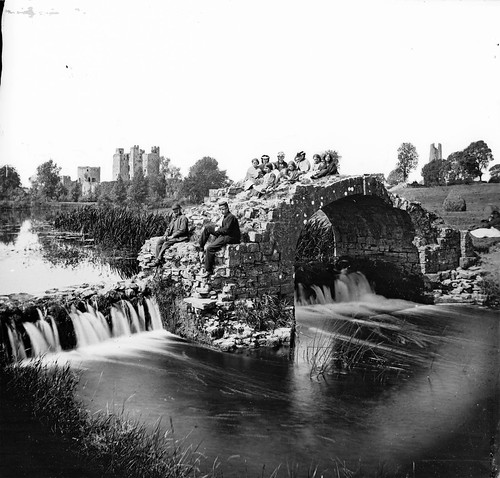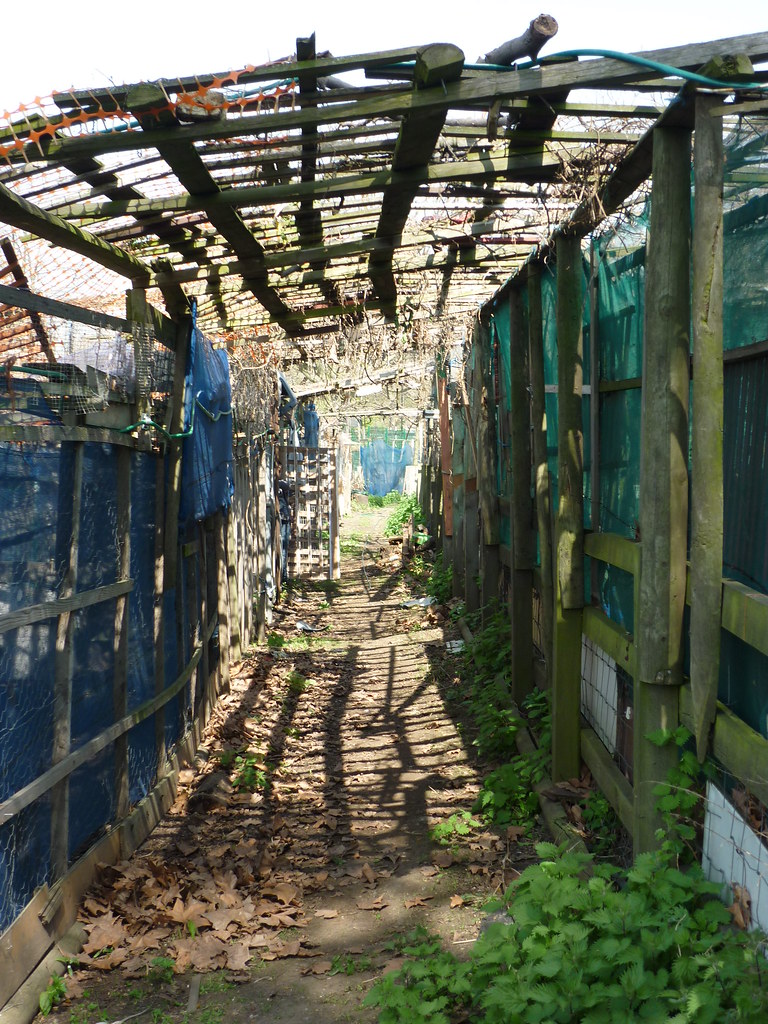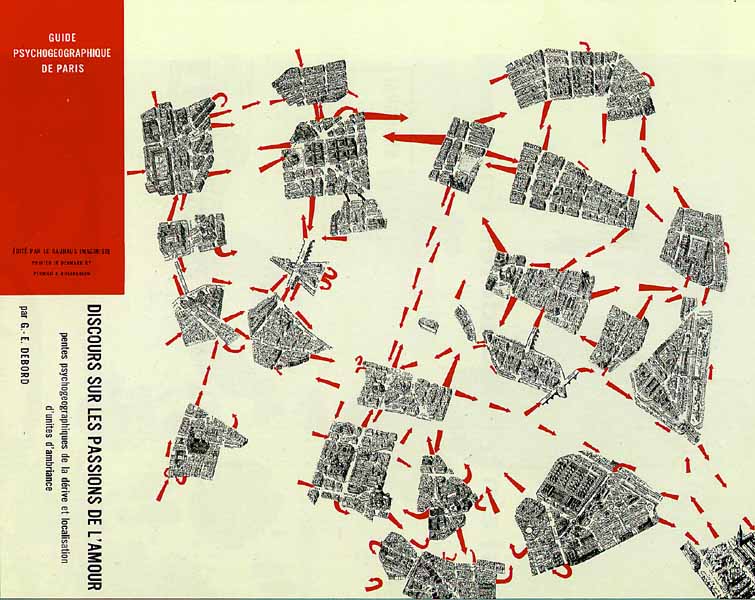Says...
"2.3. OBJECTIVES
The main objective of LALI is to promote the recognition, valuation, protection, planning and the sustainable management of landscape, conducive to the declaration and recognition of the diversity and values of the diverse landscapes of our countries, by means of the fulfillment of the following specific objectives
- To preserve, with the adoption of protective measures of landscape, the right of the citizens to live in culturally significant surroundings and to guarantee access to the same and the possibility of enjoying it.
- To favor the harmonic evolution of the landscape in agreement with the concepts of rational use responsible for the land, of ecosystem functionality, and of sustainable urban development.
- To consider the consequences concerning landscape, of any performance of land regulation and management, and to value the effects of the construction and other interventions (forestry, mining, new production and uses) concerning landscape.
- To foment the educational formation and professionalisation on the topic of landscape.
- To promote in landscape policies the participation of the social, professional, and economic agents, especially that of the professional unions, universities, associations, and representatives of the business enterprises and trade unions.
- To cooperate with the diverse public administrations in the establishment of policies and implementation of planning concerning landscape.
- To promote the coordination of the public and private initiatives in decision making about landscape, the adoption of instruments, and the promotion of performance on the same.
- To admit that in sustainable tourism, the landscape will have to be considered as one of the components that allow cultural and economic development of diverse Latin American regions.
- To promote a change of attitude towards the environmental conservation and protection, as much in the inhabitants as in the visitors of each landscape, considering people as integral parts of the landscape.
- To incentivise the inventory and catalogue of landscapes of ecological, historical and aesthetic value in the different Latin American regions.
- To recognize the landscape units in transboundary spaces, such as shared heritage asset (binational or multinational) and to combine efforts for its integral protection, with shared responsibility.
FIELDS OF ACTION
Landscape, by its holistic character, integral and integrating, has impact and its time it is affected by the majority of human activities under the sky.









